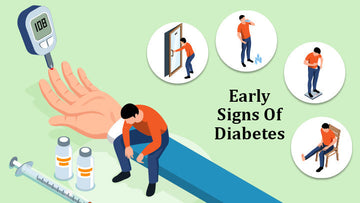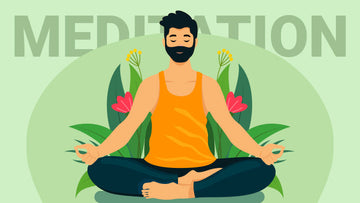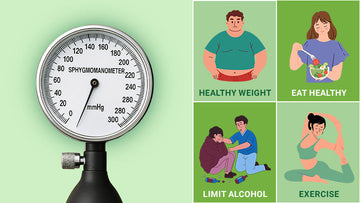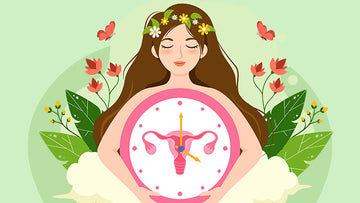Diabetes is often called a silent condition—and for good reason. Many people live with it for months or even years without realizing something’s wrong. Whether it's Type 1 or Type 2 diabetes, the early signs can be subtle, but recognizing them early can make a big difference in managing the condition and preventing complications.
If you’ve been feeling “off” lately, this post might help you connect the dots.
🔍 1. Frequent Urination
Are you suddenly visiting the bathroom more than usual—especially at night? This could be a red flag. High blood sugar levels force your kidneys to work overtime to filter and flush out the excess glucose, which leads to increased urination (a condition known as polyuria).
💧 2. Constant Thirst
With all that urination comes dehydration, which naturally makes you feel thirsty. If you’re drinking way more water than usual but still can’t seem to quench your thirst, it’s time to take notice.
🍽️ 3. Increased Hunger
Your body needs insulin to move glucose into your cells for energy. When this process breaks down (as it does in diabetes), your body may think it’s starving—despite eating plenty—resulting in increased hunger (polyphagia).
⚖️ 4. Unexplained Weight Loss
This symptom is more common in Type 1 diabetes, but can also occur in Type 2. When your body can’t get energy from glucose, it starts breaking down fat and muscle instead. If you're losing weight without trying, it might be time to get checked.
😴 5. Fatigue
Feeling tired all the time, even after a good night’s sleep? That’s a common sign of diabetes. With glucose stuck in your bloodstream and not reaching your cells, your body lacks the fuel it needs to function properly.
👁️ 6. Blurred Vision
High blood sugar can cause swelling in the lenses of your eyes, leading to temporary blurred vision. If you’re experiencing visual changes along with other symptoms, don’t ignore them.
🩹 7. Slow-Healing Cuts and Wounds
High blood sugar impairs circulation and affects the immune system, which can slow down wound healing. If even minor scrapes or cuts are taking longer than usual to heal, it's worth investigating.
🦠 8. Frequent Infections
Diabetes increases the risk of infections—especially yeast infections, urinary tract infections (UTIs), and skin infections. Elevated blood sugar provides a breeding ground for bacteria and fungi.
🧤 9. Tingling or Numbness in Hands or Feet
This is a classic sign of diabetic neuropathy, or early nerve damage caused by prolonged high blood sugar. You may feel tingling, numbness, or even burning sensations, particularly in your extremities.
🪶 10. Darkened Skin in Body Folds
Patches of dark, velvety skin—especially around the neck, armpits, or groin—may indicate insulin resistance. This condition, called acanthosis nigricans, is often an early warning sign of Type 2 diabetes.
🩻 When to See a Doctor
If you recognize any of these symptoms—especially in combination—it’s important to talk to your healthcare provider. A simple blood test can confirm whether you’re at risk or already in the early stages of diabetes.






